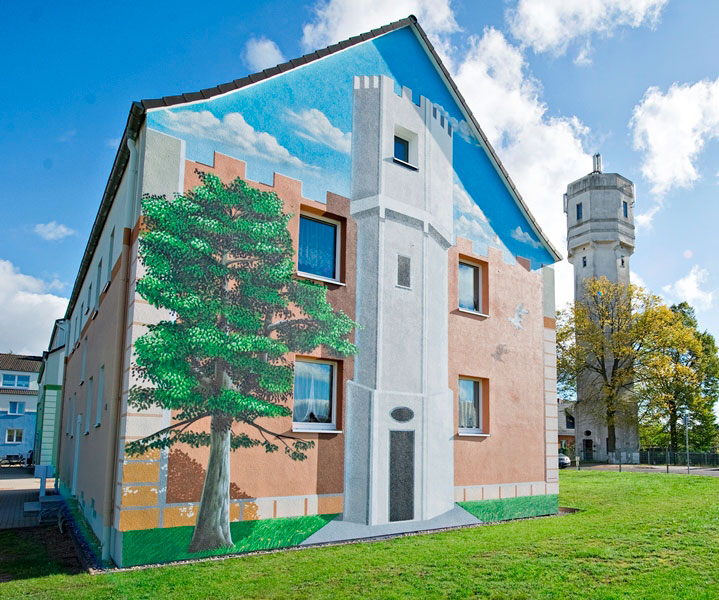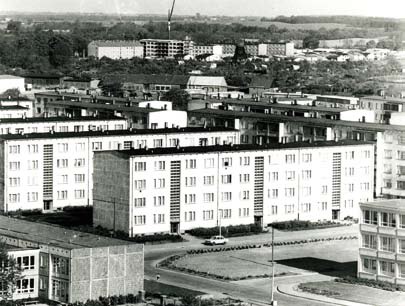After two years of preparation, KWV was founded on October 1, 1959 with seven employees. 55 houses were managed for the city, private individuals and institutions. Another 75 houses had been allocated as so-called people's property. A total of 220 homes were managed in Grevesmühlen.
The years following the founding of KWV were marked by reconstruction. There was not enough living space, and with little building material and little building capacity, apartments had to be repaired and newly built. Later, the KWV's area of responsibility was steadily expanded.




